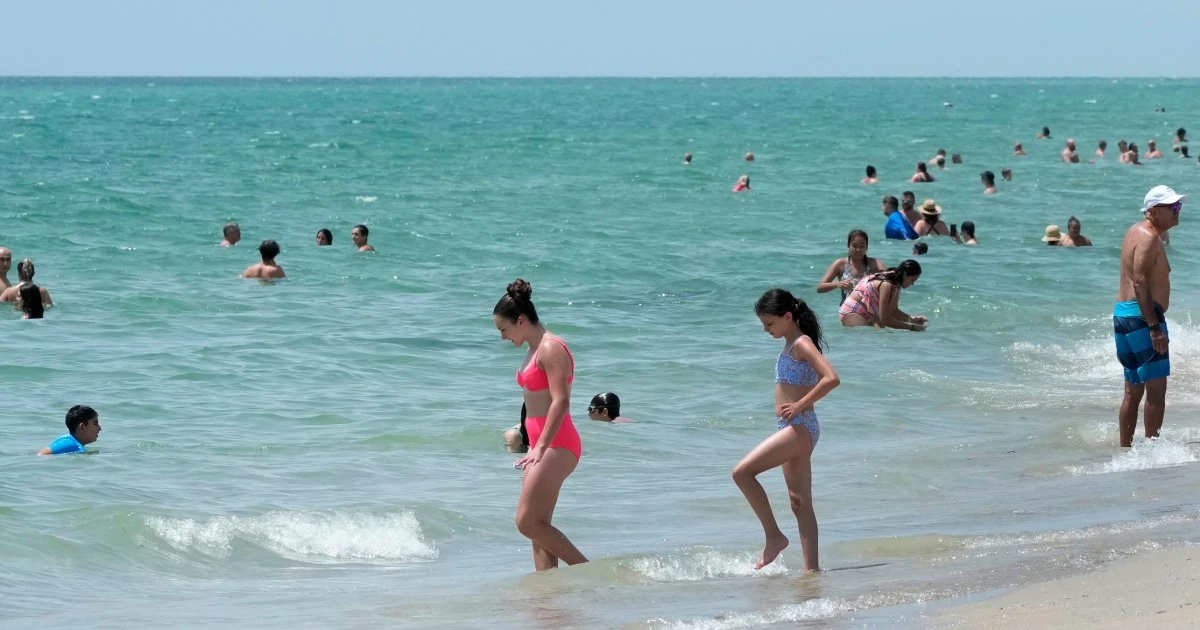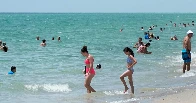So i went and looked for it myself since you didnt want to. I found that bouys measure the epipelagical zone which has a usual and average temperature due to several factors (mainly wind and mixing currents). Temperatures usually have a steep decline in temperature when it reaches the thermocline which is what i was referring to earlier. This thermocline actually drops in the summer meaning the epilagical zone has more depth but is generally already lower in costal areas. Here, its not unusual for waters to be between 90F to 104F in the summer. If you want to know more, just google "Surface Sea Temperature In-Situ Methodology".
So there i didnt your homework for you and i proved myself wrong. Its likely not an error but a usual occurance(maybe even a bit higher than normal).


